Sea freight
Get a Sea Freight QuoteWe provide both Full Container Load (FCL) and Less than Container Load (LCL) services for your shipments, as well as out-of-gauge and break bulk services for your non-containerized cargo.
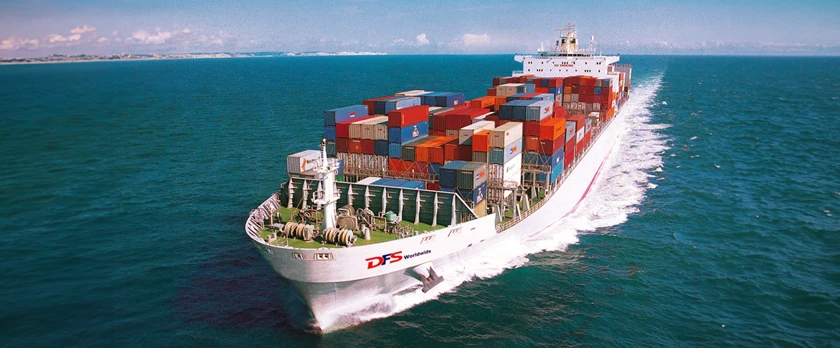
Container Shipping
- Full container load. 20ft or 40ft container shipping
- LCL, Les than a container load. 20ft or 40ft container shipping
- Special projects
- Project sea freight cargo
- Door to door freight forwarding services
- Port to port
- Inland cartage
- Import de-consolidation services
- Continuous groupage services
- Export documentation
- Dangerous good handling
- Export packing and labelling
- Export consolidation services
- Direct transhipment services
- Worldwide NVOCC services
- Marine Insurance
- Consular/Legalised documentation
- Customs clearance and Expert advice on Customs formalities worldwide.
- Computerised order tracking facilities

FCL (Full Container Load)
Based on carrier routing options, FCL is our best transit-time-to-cost combination product for full container loads.
FCL offers complete schedule flexibility, a high frequency of sailings per port-pair, and availability of equipment. We position containers at your facility to fit your schedule and offer flexible schedules to and from locations worldwide to meet even the most demanding shipping requirements.
Whatever the destination, we will deliver your cargo on time and within budget – across borders, across continents and across the globe.
LCL (Less-Than-Container Load)
With our less than container load (LCL) services, we offer guaranteed capacity, regular and frequent departures and a vast choice of destinations – whether on intercontinental or short sea routes.
LCL containers are carefully planned and loaded in our own network.
We consolidate freight at our dedicated gateways on a regular basis and serve most destinations worldwide at least once a week.
LCL: Flat rack and open top containers
Whether it is door-to-door or port-to-port, we are experts in handling even special equipment needs. This includes flat rack, open top containers, dry, temperature-controlled and refrigerated.
LCL: Cargo handling by reliable sea freight carriers
We operate a core carrier programme to make sure that cargo is handled in LCL containers by approved and reliable carriers.
With our professional packing services we ensure safe cargo handling at every stage of the supply chain. Our reliable consolidation services allow you to plan for timely and cost-effective transportation of your cargo.
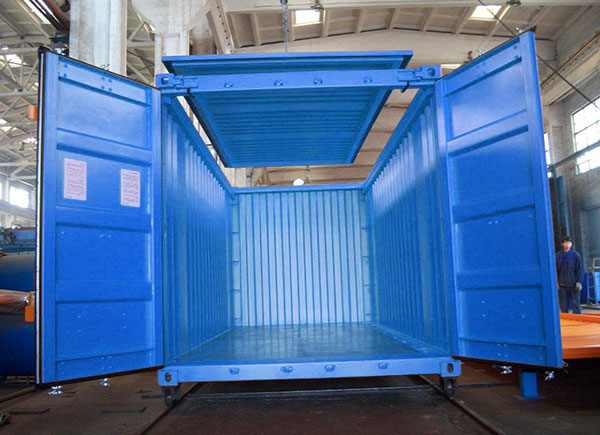
LCL – Less Container Load, LCL shipping is a good way to ship large orders and items that are large or heavy. LCL shipping is based primarily on volume with a minimum shipment volume of one cubic meter.
Please note the shape of the crate does not have to be 1 meter by 1 meter it can be any size it is only the volume that is calculated. The two shapes below are different but if their volumes are the same then it will cost the same amount to ship either box.
We calculate LCL shipments by taking the item or items that you would like to purchase and calculate their given volumes. To do this we first take the length, width, and depth of each piece and add from 2-10 centimeters to each dimension.
We add the 2-10 cm to the size of the pieces to allow for packing and framing. Once we get the total volume of the piece or pieces you are ordering we divide the total volume by 1,000,000.
We get the 1,000,000 figure from length 100 cm multiplied by width 100 cm multiplied by Depth 100 cm . note* there are 100 cm in one meter, thus there are 1,000,000 cm in a cubic meter.
Example:
Item #BOX 1
Quantity 1
Size 75 x 50 x 90 cm
Let us assume that this item is fragile so it will need very good packing and framing. To ensure that we are able to pack this very well we will add 10 cm on to each side of the object. The new shipping size of Item #BOX 1 is 85 x 60 x 90 cm.
85 x 60 = 5,100
5,100 x 90 = 459,000
459,000 / 1,000,000 = 0.46 or 46%
From this example we know that item BOX 12 will occupy 46% or about half of a cubic meter. Since there is a minimum shipping volume of one cubic meter for LCL there is an extra 54% of a cubic meter that can be used.
Container dimensions & specifications (20ft & 40ft)
20 ft container is defined by its length though there is a lack of standardisation in regard to height, ranging between 4 feet 3 inches (1.30 m) and 9 feet 6 inches (2.90 m), with the most common height being 8 feet 6 inches (2.59 m).Also, it is common to designate 45-foot (13.7 m) containers as 2 TEU, rather than 2.25 TEU.
Additionally there is a standard container with the same width but a doubled length of forty feet called a 40-foot container, which equals one forty-foot equivalent unit (often FEU or feu) in cargo transportation.
Load bearing of container stacking is at the 40-foot corner stone couplings. In order to allow stacking of these types a forty-foot inter-modal container has an exact length of 40 feet (12.192 m), while the standard twenty-foot inter-modal container is slightly shorter having an exact length of 19 feet 10.5 inches (6.058 m).
The maximum gross mass for a 20-foot (6.1 m) dry cargo container is 24,000 kilograms (53,000 lb). Subtracting the tare mass of the container itself, the maximum amount of cargo per TEU is reduced to approximately 21,600 kilograms (47,600 lb).
Similarly, the maximum gross mass for a 40-foot (12.2 m) dry cargo container (including the 9-foot-6-inch-high (2.90 m) cube container) is 30,480 kilograms (67,200 lb).After correcting for tare weight, this gives a cargo capacity of 26,500 kilograms (58,400 lb).
Twenty-foot, "heavy tested" containers are available for heavy goods such as heavy machinery. These containers allow a maximum weight of 67,200 pounds (30,500 kg), an empty weight of 5,290 pounds (2,400 kg), and a net load of 61,910 pounds (28,080 kg).
Standard container
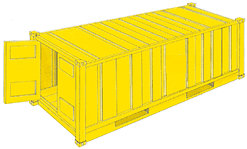
| Spec | L* | W* | H* | Capacity (m3) |
| 20' | 5.9 | 2.350 | 2.393 | 33.2 |
| 40 | 12.036 | 2.350 | 2.392 | 67.7 |
| 40HC | 12.036 | 2.350 | 2.697 | 76.30 |
| Spec | Door H* | Door W* | Max Cargo Kg |
| 20' | 2.342 | 2.280 | 21770 |
| 40 | 2.340 | 2.280 | 26780 |
| 40HC | 2.340 | 2.565 | 26780 |
* Meter
Open top container
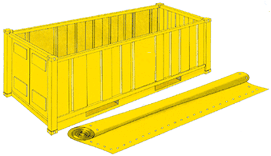
| Spec | L* | W* | H* | Capacity(m3) |
| Open Top 20' | 5.894 | 2.311 | 2.354 | 32.23 |
| Open Top 40' | 12.036 | 2.350 | 2.392 | 67.7 |
| Spec | Door Height | Max Cargo Kg |
| Open Top 20' | 2.184m | 21600 |
| Open Top 40' | 2.280m | 26630 |
* Meter
Flat rack
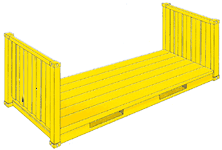
| Spec | L* | W* | H* | Max Carg Kg |
| Flat Rack 20' | 5.61 | 2.228 | 2.233 | 27722 |
| Flat Rack 40' | 12.06 | 2.228 | 2.233 | 38918 |
* Meter
Platform
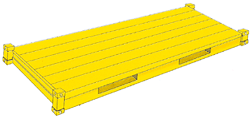
| Spec | L* | *W | H* | Max Cargo Kg |
| Platform 20' | 6.07 | 2.43 | 2.23 | 23993 |
| Platform 40' | 12.19 | 2.43 | 1.95m | 30117 |
* Meter
Get the most out of sea freight services
- Plan ahead: Sea freight times are much longer than air freight times, so it’s a good idea to make a booking well in advance of your desired delivery date.
- Think big: As a rule of thumb, greater volumes almost always mean cheaper delivery prices when shipping goods internationally. This is especially true for sea freight.
- Protect your goods in transit: It's important to package your goods correctly to minimise the risk of damage during transit.
- Also check: UK Port Freight Statistics

